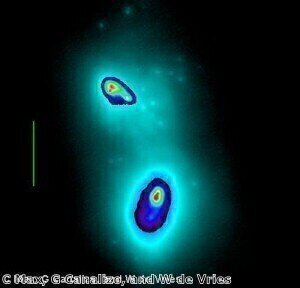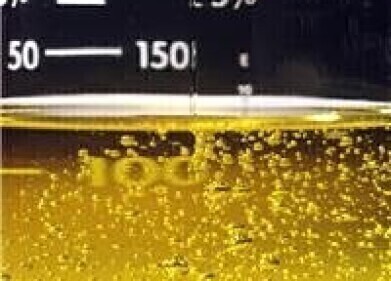Solid phase extraction (SPE)
Simulations reveal "flashy" secrets of merging black holes
Oct 01 2012
A team at NASA's Goddard Space Flight Centre in Greenbelt are investigating what type of "flash" might be detected by telescopes when super-sized black holes merge using computational simulations.
When black holes merge, gravitational waves are produced. These waves are distortions of space and time that undulate outwards at the speed of light, and have not been directly detected by scientists - yet.
Space-based equipment is necessary to capture these waves, such as the proposed Laser Interferometer Space Antenna – sanctioned by the astronomical community as a high-priority future venture.
Understanding gravitational waves will give scientists a unique chance to see one of the most extreme phenomena in the universe. It could also lead to additional discoveries based around the laws of physics, the early universe and the death of stars.
Most large galaxies, including the Milky Way, have a central black hole which weighs millions of times the sun's mass.
As two galaxies crash into each other, their black holes move into a close binary system and eventually merge as they lose their gravitational waves, explains Goddard astrophysicist, John Baker.
Gravitational waves cannot give researchers the exact location of the source of a merger event. However it can be pinpointed by an accompanying flash of light – from x-rays to radio waves.
This flash of light produced by mergers of galaxies was studied by Mr Baker and a team led by Bruno Giacomazzo at the University of Colorado in the US.
For the first time, the teams can show what occurs in the magnetised gas in the final phases of a black hole merger, via computer simulations.
In the simulations, complicated magnetic and electrical interactions in the ionised gas are studied – all within the intense gravitational environment determined by the formulas in Einstein's general relativity.
The formation of a funnel-like structure, which is a cleared-out area that stretches out of the accretion disk near the merged black hole, is a key find by these simulations.
"This is exactly the type of structure needed to drive the particle jets we see from the centers of black-hole-powered active galaxies," Mr Giacomazzo said.
The brightness of the merger's flash is one of the most important parts of the research. By ignoring the plasma effects in the merging disks, the magnetic model produces a 10,000 times brighter beamed emission than those viewed in previous investigations.
"If we can understand the electromagnetic signatures from mergers well enough, perhaps we can search for candidate events even before we have a space-based gravitational wave observatory," commented Mr Baker.
Posted by Fiona Griffiths
Events
Jan 20 2025 Amsterdam, Netherlands
Feb 03 2025 Dubai, UAE
Feb 05 2025 Guangzhou, China
Mar 01 2025 Boston, MA, USA
Mar 04 2025 Berlin, Germany













